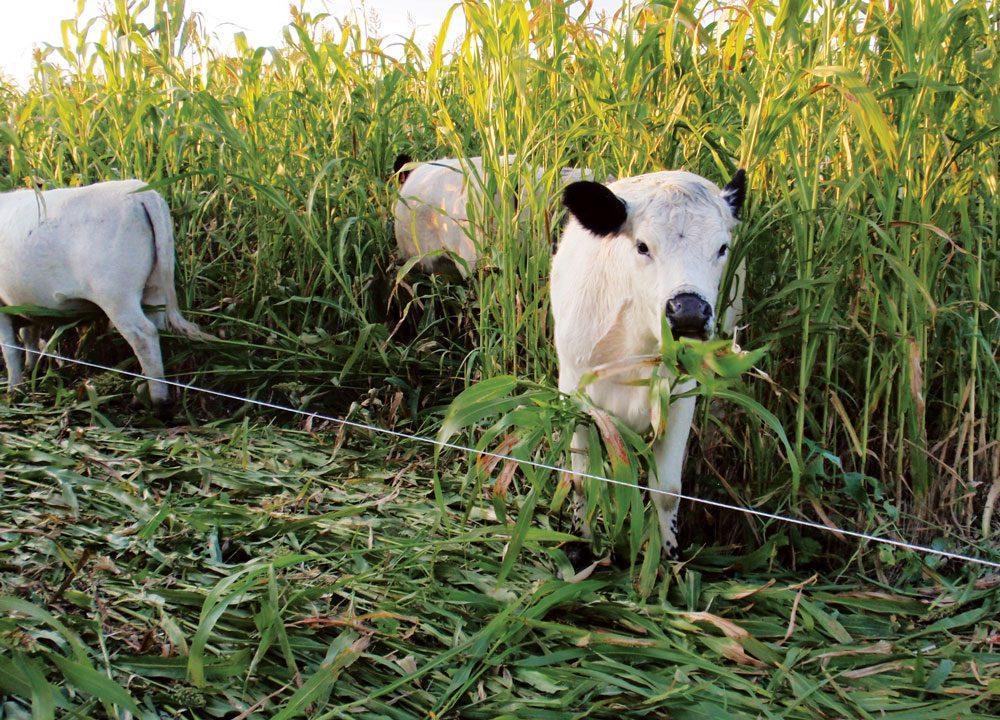By: Jeff DeYoung
As feed costs move higher, cattle producers continue to look at alternative options that can keep cows and calves maintaining or gaining weight.
Many have turned to cover crops, says Eric Bailey, Extension beef specialist with the University of Missouri.
At the top of the list, he says, is cereal rye. It's a grain that has become very popular in cover crop systems throughout the Midwest.
"You really want something that provides quantity and quality," Bailey says. "Cereal rye is very versatile, and you get a lot of tonnage from it. It's a very good feed for beef cows to graze."
Cereal rye also works well in a feedlot ration, says Dan Loy, Extension beef specialist with Iowa State University and director of the Iowa Beef Center.
"You can plant it following the harvesting of corn silage, and then go in and get a second cutting of silage with the rye," he says. "It's excellent in a feedlot ration."
Other cover crops make good feed sources. Bailey says brassicas such as turnips and radishes will also fit well in a cattle ration.
"There are very good brassica mixes out there that not only produce good feed, but they break up the soil and replenish nitrogen," he says. "It's very good for backgrounding calves."
Bailey says grazing brassicas can put up to 2 pounds of gain daily on backgrounding calves.
Some producers are also using oats as cover crops and as a feed source.
"Oats are very similar to cereal rye, although they aren't as hardy as the rye," Bailey says. "Cereal rye is more tolerant of rougher conditions."
Cereal rye will also survive the winter, perhaps providing a grazing opportunity in the spring before the crop is terminated ahead of planting.
Loy says the quick growth of rye could allow for both fall and spring grazing.
He says research continues on other crops that could fit into a system.
"We are continuing to learn how cover crops work, and to look at other crops that might work well as cover crops," Loy says.
Bailey believes more and more cattle producers will look at cover crops as an essential element of their grazing program.
"I really do think we are overlooking our ability to get value from cover crops," he says. "I realize there are logistical issues like fencing and water, but there is a lot of opportunity out there that can help you provide another feed source."





Post a comment
Report Abusive Comment